Why Bouldering Alone Won’t Make You a Well-Rounded Climber
Quick Summary: Bouldering is great for power and movement, but it won’t cover everything. Learn why incorporating rope climbing is key to becoming a complete climber—and what gear you’ll need to get started.
1. Bouldering Builds Power—but Not Everything
There’s no denying the physical benefits of bouldering. Short, powerful sequences sharpen your coordination, build explosive strength, and demand precise technique. It’s also a social, low-commitment way to climb, making it perfect for quick sessions and focused training.
But bouldering has its limits. It doesn’t train endurance or sustained effort. It rarely challenges your ability to manage fear at height. And over time, you might notice your progress slowing down. If you’re feeling stuck, it might be time to branch out.
2. Rope Climbing Develops Endurance and Mental Fortitude
Top-rope and lead climbing demand more than just power. These styles challenge your stamina, decision-making, and commitment. Whether it’s fighting through the pump on a long route or staying calm while clipping on lead, rope climbing builds the kind of mental and physical resilience that bouldering alone can’t provide.
You’ll also encounter a wider variety of styles—technical slabs, steep overhangs, awkward aretes—which force you to adapt and grow as a climber.
3. Outdoor Rope Climbing Opens Up New Horizons
While outdoor bouldering is fantastic, rope climbing unlocks access to breathtaking multi-pitch routes, sport crags, and adventurous trad climbs. You’ll learn how to read rock, place protection, and deal with changing conditions.
Of course, you’ll need the right gear. Step into outdoor climbs with confidence using the Mosquito Harness by Wild Country—a lightweight option that delivers comfort without compromise.

Wild Country's Mosquito Harness: Ultralight and minimalist—perfect for sending hard routes without bulk.
4. Key Gear You’ll Need to Go Beyond Bouldering
Transitioning from bouldering to rope climbing means expanding your kit. Here are a few essentials:
- Harness – Choose one that fits well and doesn’t restrict movement, like the Mosquito Harness by Wild Country.
- Rope – A single dynamic rope is standard for sport and trad.
- Quickdraws – You’ll need at least 10-12 for most sport climbs. Try Wildsport Quickdraws for a lightweight and reliable setup.
- Slings – Useful for building anchors, extending placements, or personal safety. The Wild Country 10mm Dyneema Sling is strong, versatile, and ultralight—perfect for climbers moving fast and light.

Wild Country's Wildsport Quickdraws: Reliable and easy to clip, these quickdraws are made for sport climbers pushing their limits.
5. Final Thoughts: Train Smart, Climb Smart
If your climbing goals go beyond gym sends and V-grades, mixing in rope climbing is the way forward. It builds your endurance, hones your mental game, and prepares you for a wider world of climbing adventures.
Visit Boulder Planet Showroom to explore gear that helps you move beyond the bouldering wall and onto your next challenge.



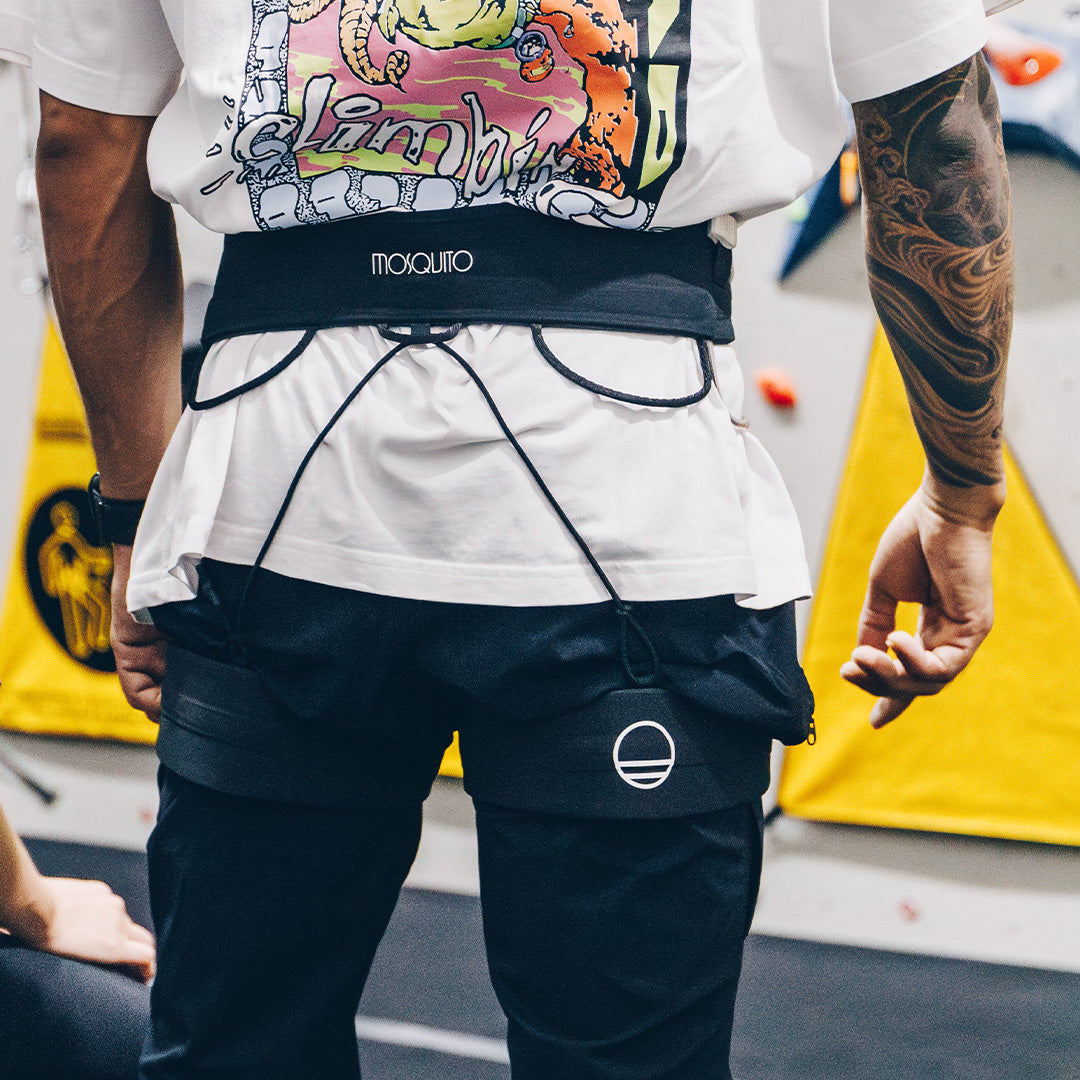
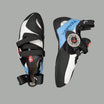
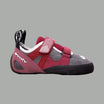

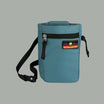
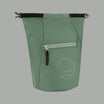
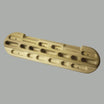
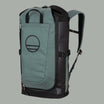
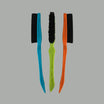
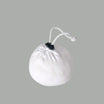

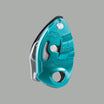
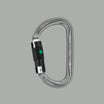
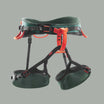
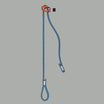
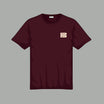
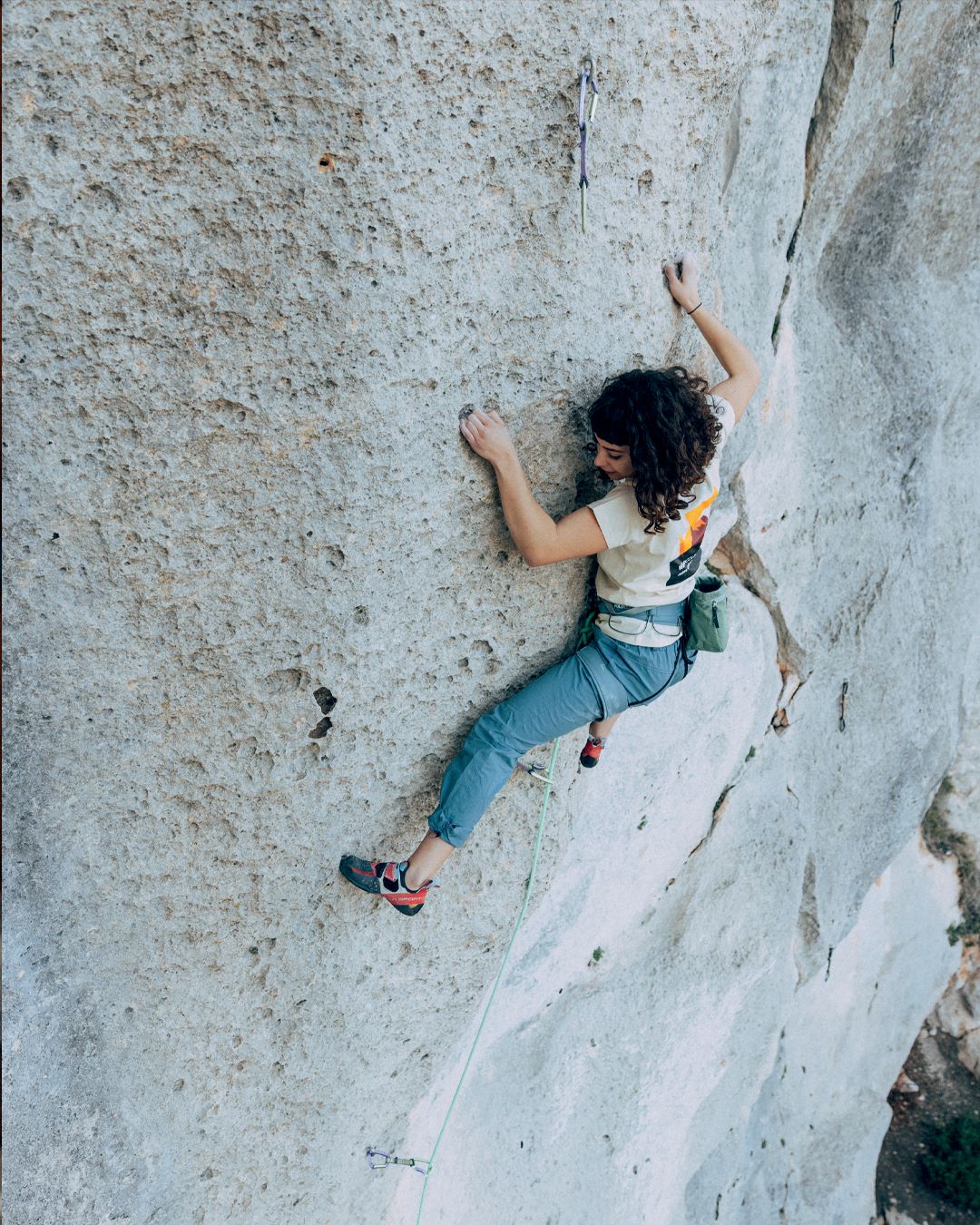
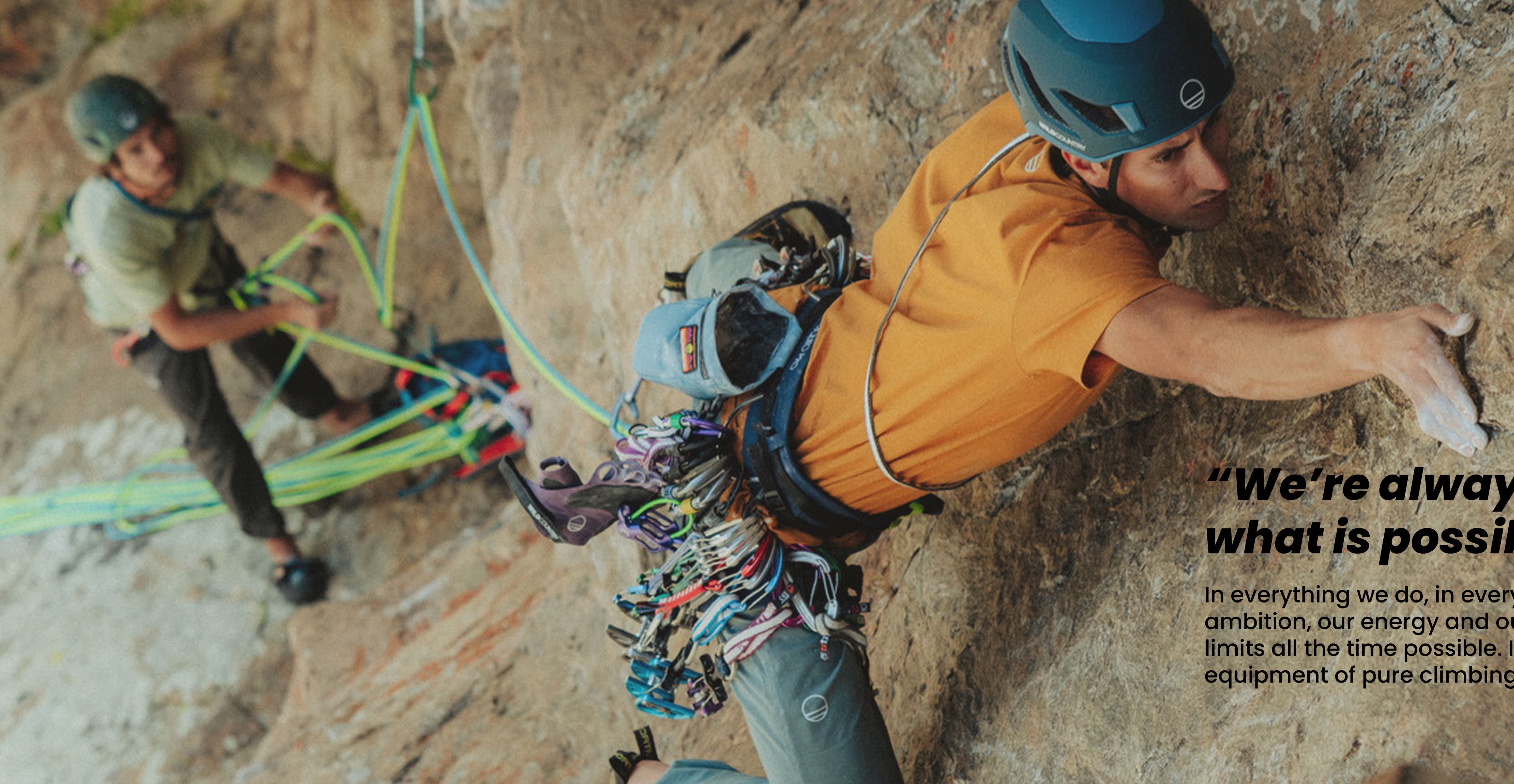
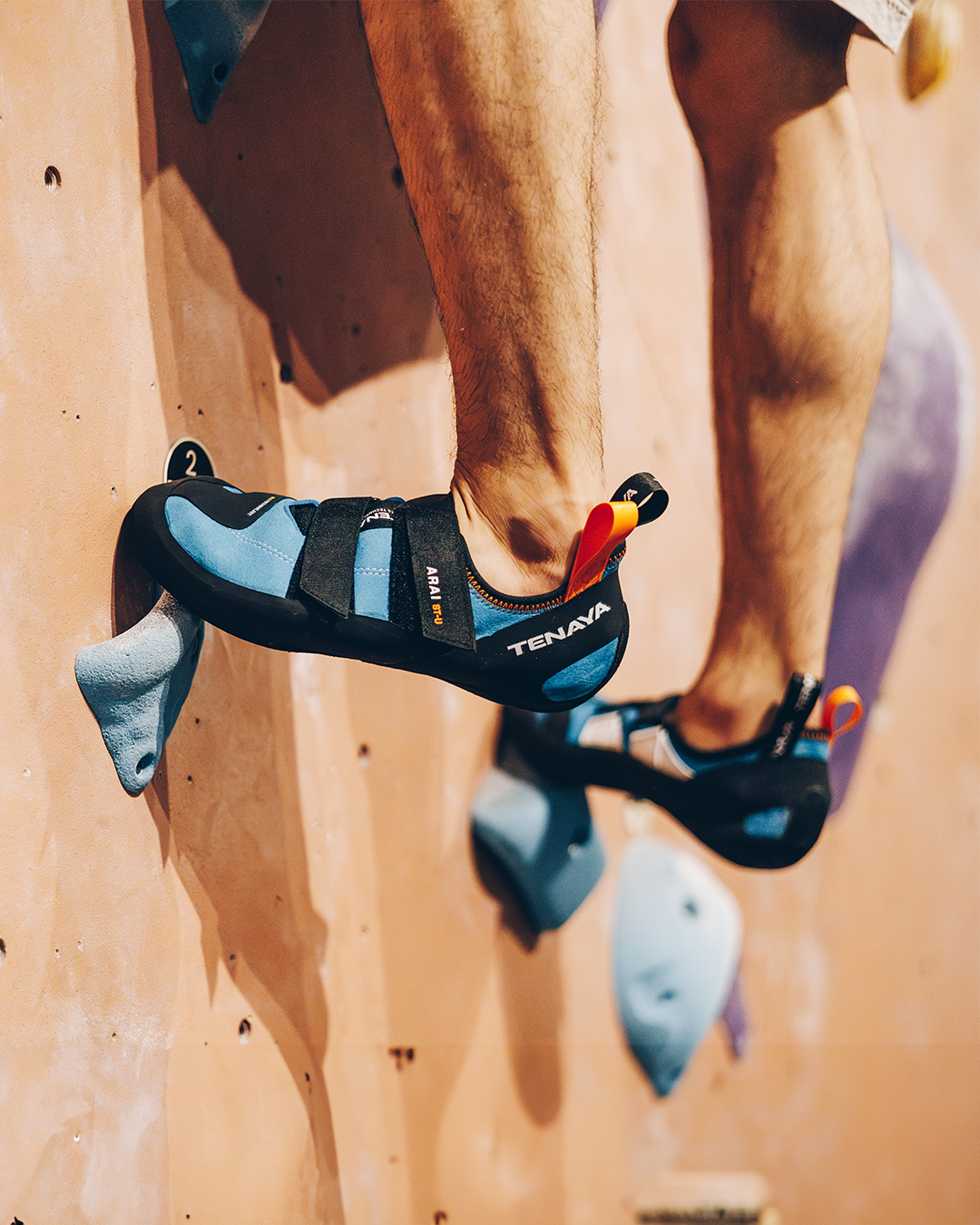
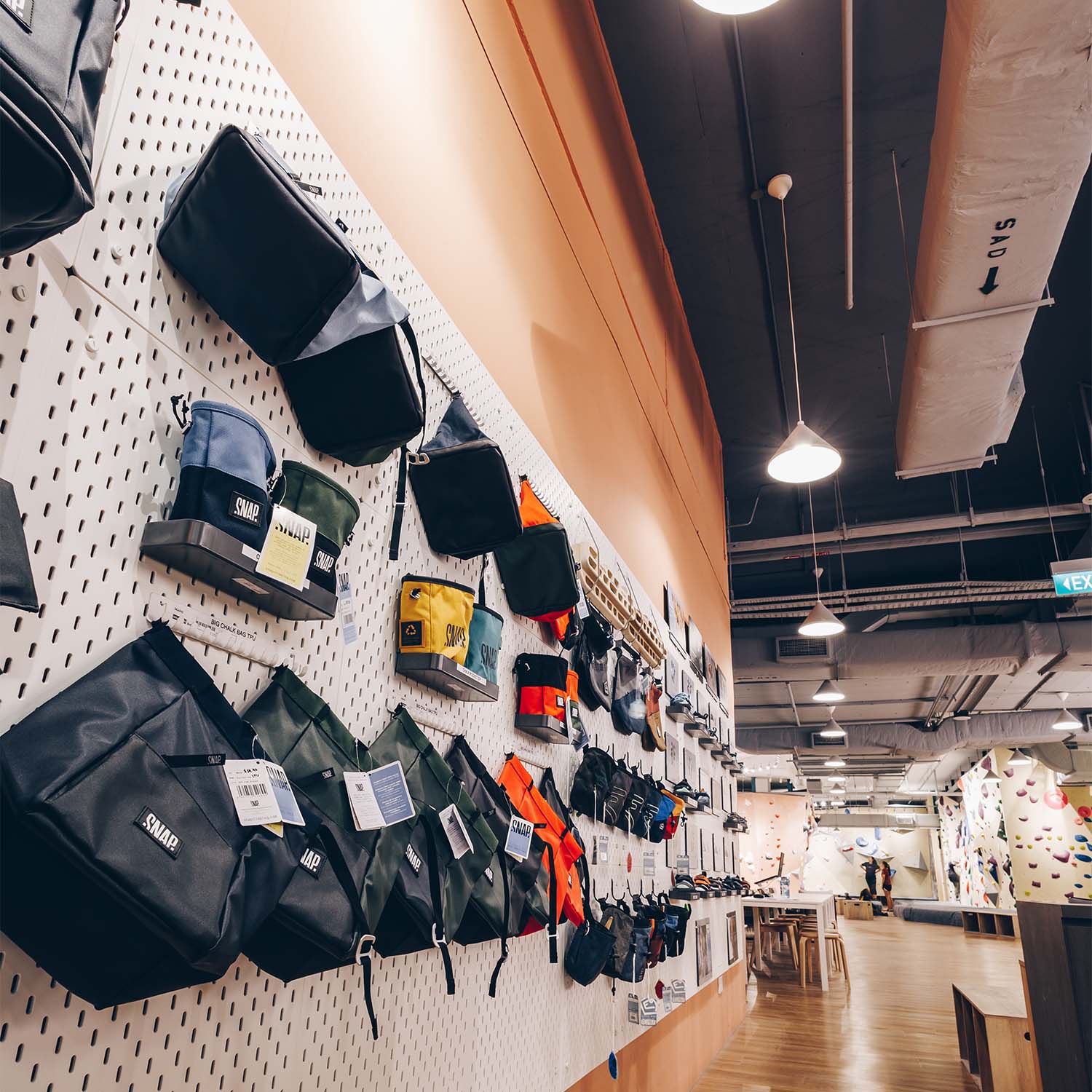

Leave a comment
This site is protected by hCaptcha and the hCaptcha Privacy Policy and Terms of Service apply.